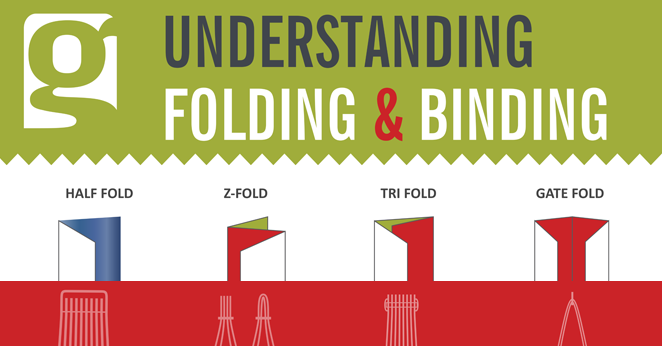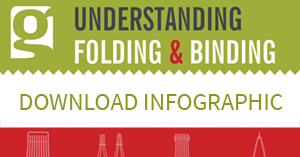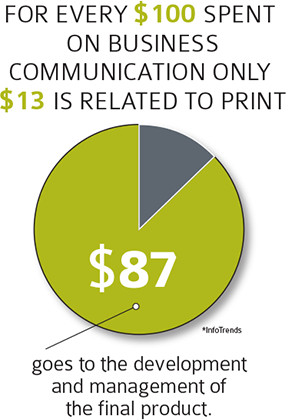In a prior post we discussed the importance of understanding paper and making sure you select the right one for your project. Let’s take it one step further and discuss what you need to know about scoring, folding and picking the correct binding type.
Like choosing the right paper, deciding how the piece will fold will affect how you design the piece in terms of flow of information. It can also bring the design to the next level, both creatively and efficiently. You need to be aware of how the piece will fold however, as paper grain will be a factor in the quality of the fold. Whenever possible, folds should be made parallel to the grain (you can read more about paper grain in a prior post on understanding paper). Any paper thicker than 6pt (.006”), the stock should be scored before folding. Scoring creates a linear depression or crease on the paper allowing it to be bent or folded along the score line without the paper cracking or breaking, assuring a smooth edge. You can design a beautiful booklet printed on high quality stock, with solid coverage of rich dark inks, and in the end be totally disappointed when the stock cracks on the fold, ruining the entire piece.
There are also many binding options available and while binding is usually based on the function of the piece, how many pages it contains, and of course budget, binding can also add creativity and interest to the piece. Once again, how the piece will bind does affect how the piece is set up, so binding decisions need to be made at the beginning of the project. To help you make informed decisions on binding options, download the infographic to view the many options available.
If you still have questions, concerns, or just want advice on what is best for your project, contact your sales rep or email sales@box2042.temp.domains.
We have provided an infographic that reviews everything you need to know about folding and binding. Click here to download the full infographic.




